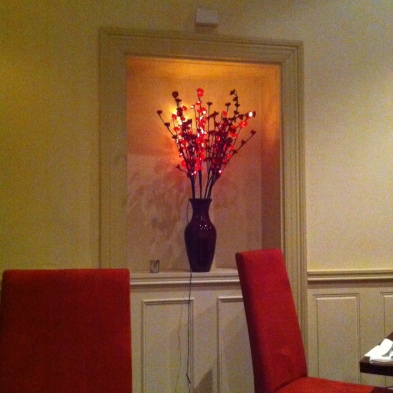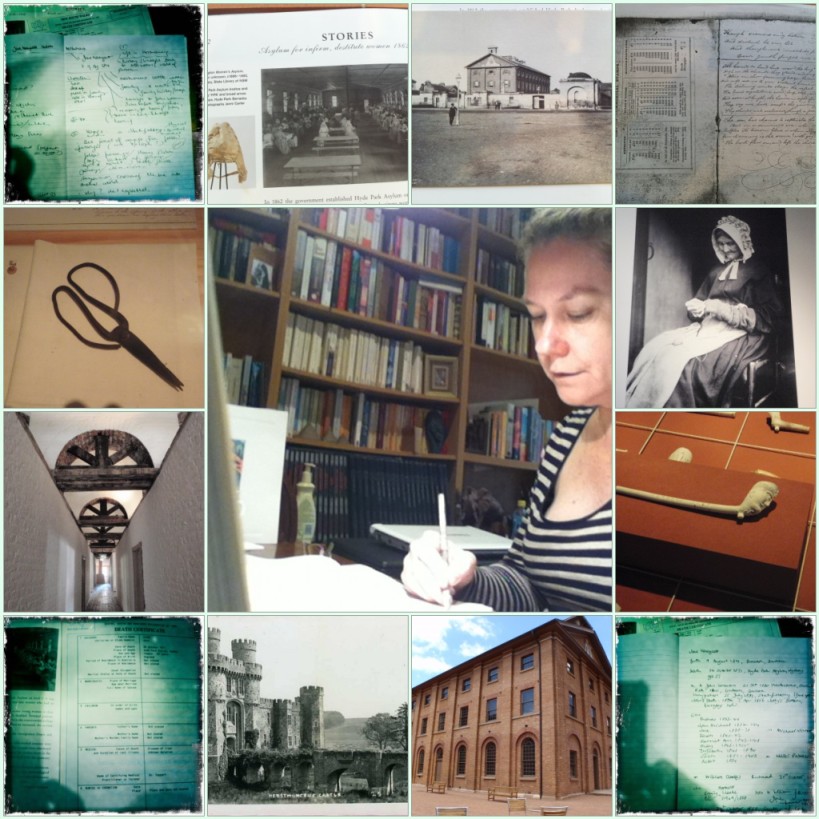I’m reading ‘Quiet: the power of introverts in a world that can’t stop talking‘ by Susan Cain and (quietly) cheering and affirming what I’m reading on every page. It’s so wonderful to feel validated as a more reflective person and leader and to understand how this mode of being has become undervalued in our current times. It’s also helped me understand why social media works for me as a form of communication and self-expression.
You can learn more about the book and related thoughts at Susan’s website, The Power of Introverts. I especially recommend Susan’s ‘Manifesto‘ as an introduction to her perspectives on ways of valuing a quieter approach to life. My favourite is No 9:
Everyone shines, given the right lighting. For some, it’s a Broadway spotlight, for others, a lamplit desk.
The whole list is going to sit beside me at work in a prominent place for me to keep going back to and to discuss with others.
You can also dive into this great piece on ‘Brain-pickings’ which provides a link to an illustrated introduction to Susan’s work as well as her recent TED talk on the power of introverts.
A couple of other recent gems by my blogging buddy, Victoria Smith, at Corbae Cafe also emphasise the value of a quieter, more focused and selective approach to life.
In ‘Burned out on social media: pick a smaller pond‘, Victoria discusses how overwhelming and time-wasting social media can become and suggests we reconsider where, how and why we want to be connected.
In a review of Chris Brogan and Julien Smith’s new book, ‘The Impact Equation: Are you making things happen or just making noise‘, Victoria highlights the value of this book to help us define our online platform and presence so that we can rise above the noise.
And finally, a TEC Canada piece, ‘Quiet Innovation: How rethinking the way your company works can create a culture of innovative thought‘, focuses on one of my favorite topics in the work context: fostering creativity and innovation. Tips include: embracing all personality types (including introverts); re-imagining your workspace; and rethinking your definitions of work.
How are you valuing a quieter way?







